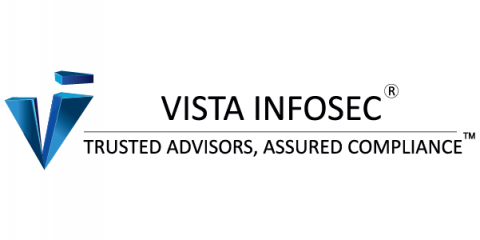CRQ Model Update Increases Statistical Significance With 25,000 Trials
As a part of its ongoing commitment to providing chief information security officers (CISOs) with practicable insights that guide high-level cyber risk management decision-making, Kovrr's latest model update increases the number of yearly trials in its Monte Carlo simulation by 150%.










